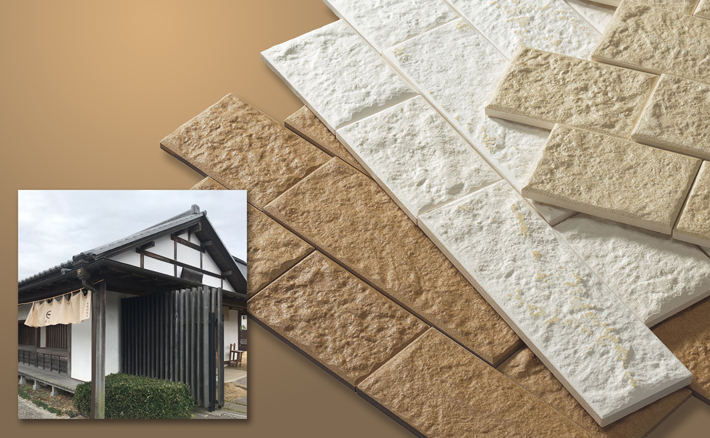Humidity-controlling Construction Materials Employing Porous Ceramics

Super airtight and super insulation houses of today are assumed to be good for energy conservation because the inflow and outflow of heat are small. However, the higher the airtightness, the fewer routes for steam from cooking and baths, for example, to escape and this means that ambient humidity tends to be high. As a result, occurrences of dew condensation and mold become problems. This construction material that was developed with a clue from traditional Japanese mud walls can control humidity without using electricity.
AIST focused on the humidity control function of traditional Japanese houses and construction materials and researched the function of mud walls which had been used in storehouses. It was discovered that the wall had a multi-layer structure and that fine pores of different sizes in each layer capture moisture from humid air and release moisture to dry air.
In order to reproduce that function using current technology, we focused on a natural material called allophane, which is made from volcanic ash soil, and developed a humidity-controlling construction material, in collaboration with LIXIL Corporation (formerly INAX Corporation). Sintering at high temperature is necessary for use as construction materials but this may lead to a reduction in pores and then to a decline in moisture-controlling function. We have found that allophane fired at a low temperature of around 800 OC has adequate strength with high humidity-controlling function and developed a construction material named Ecocarat.